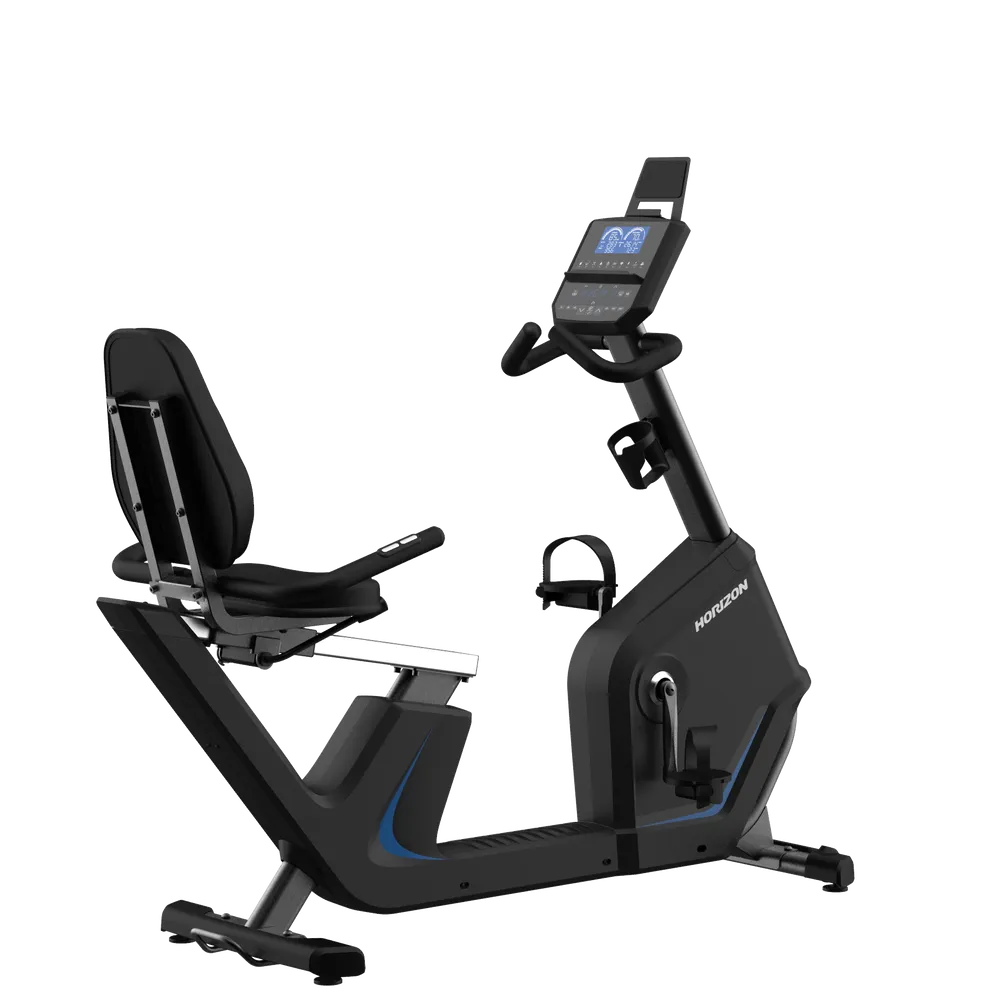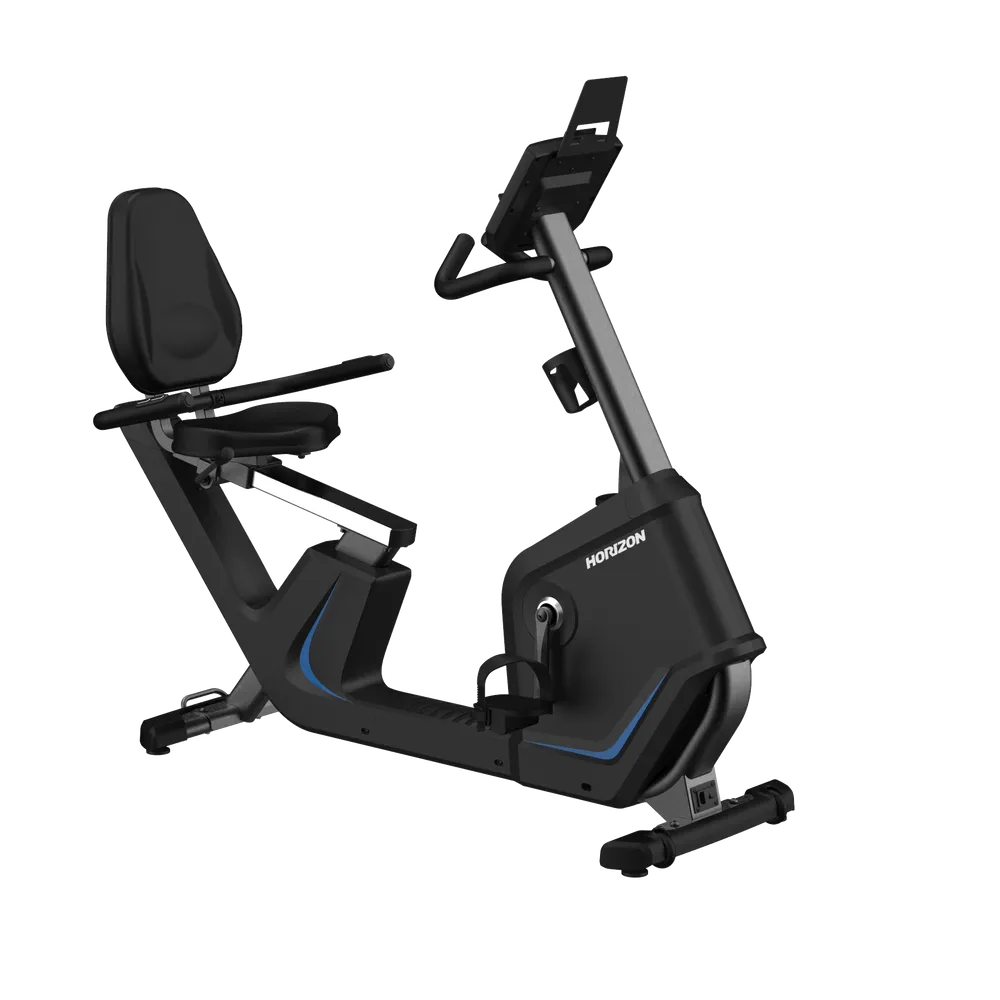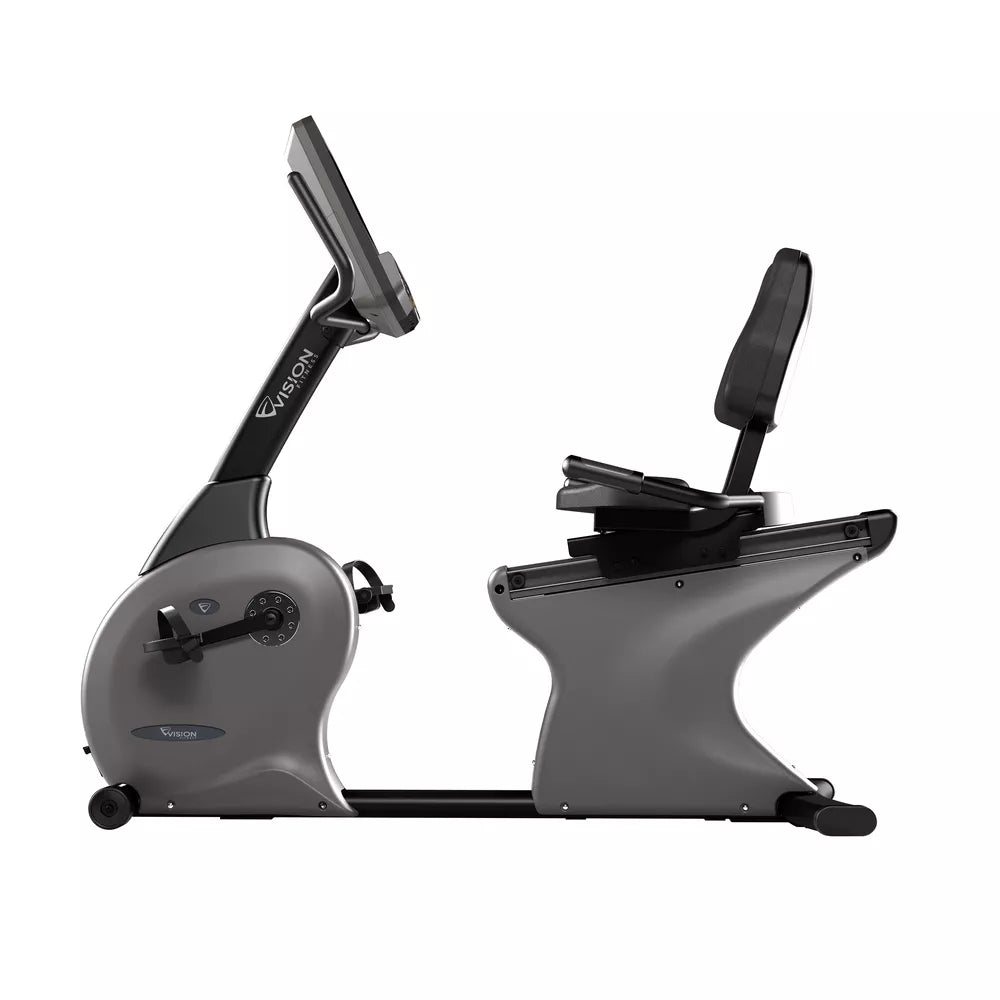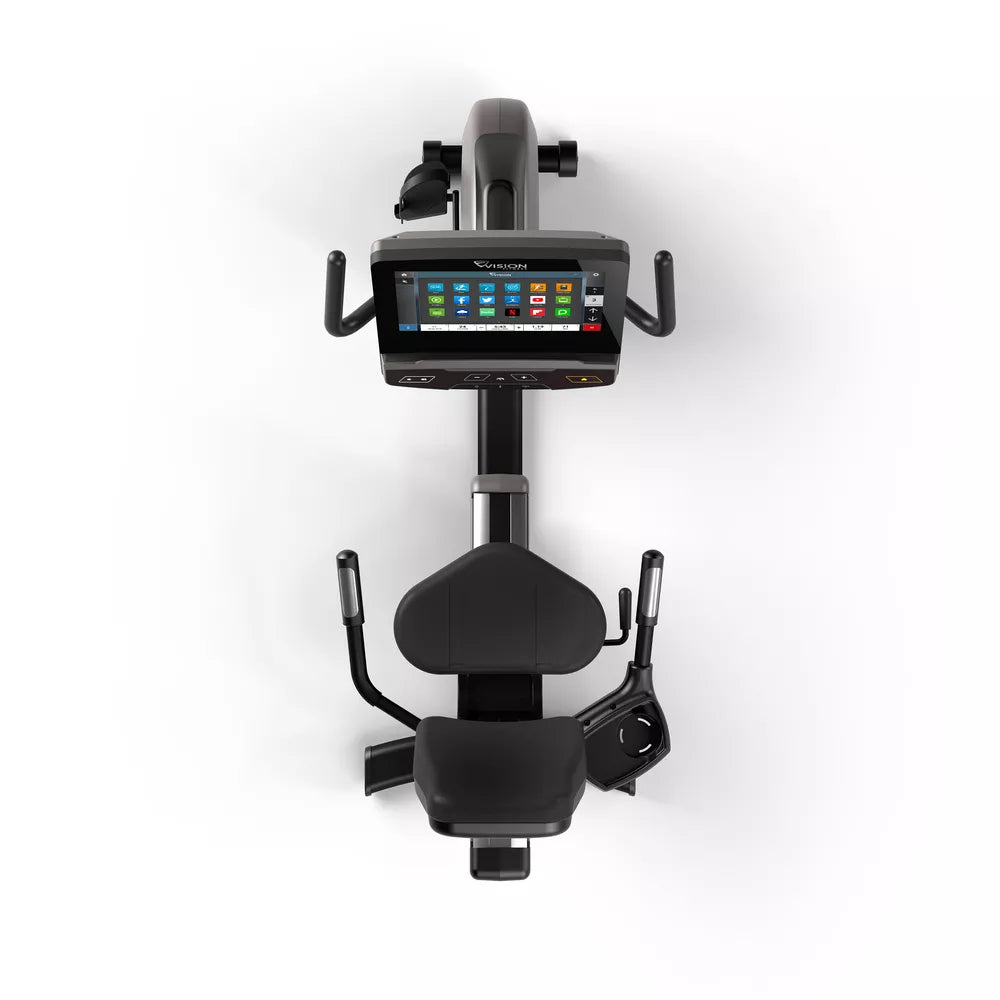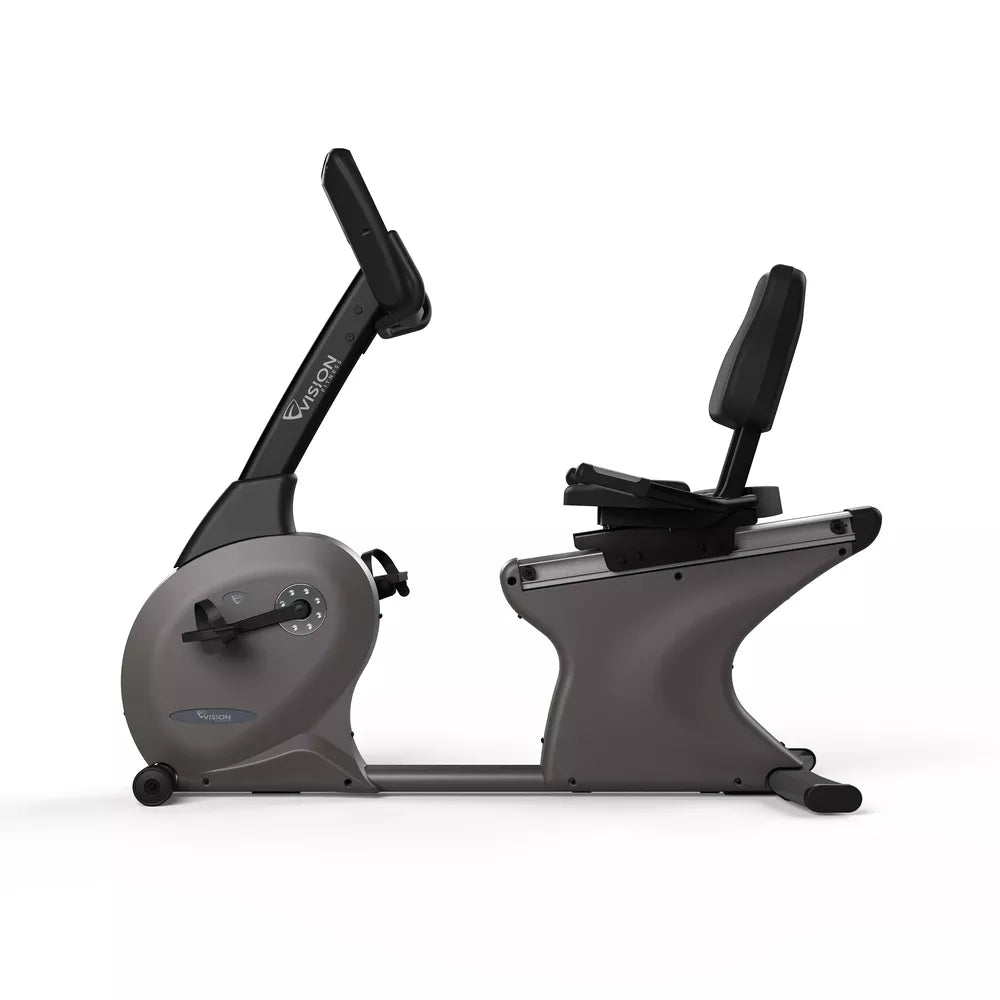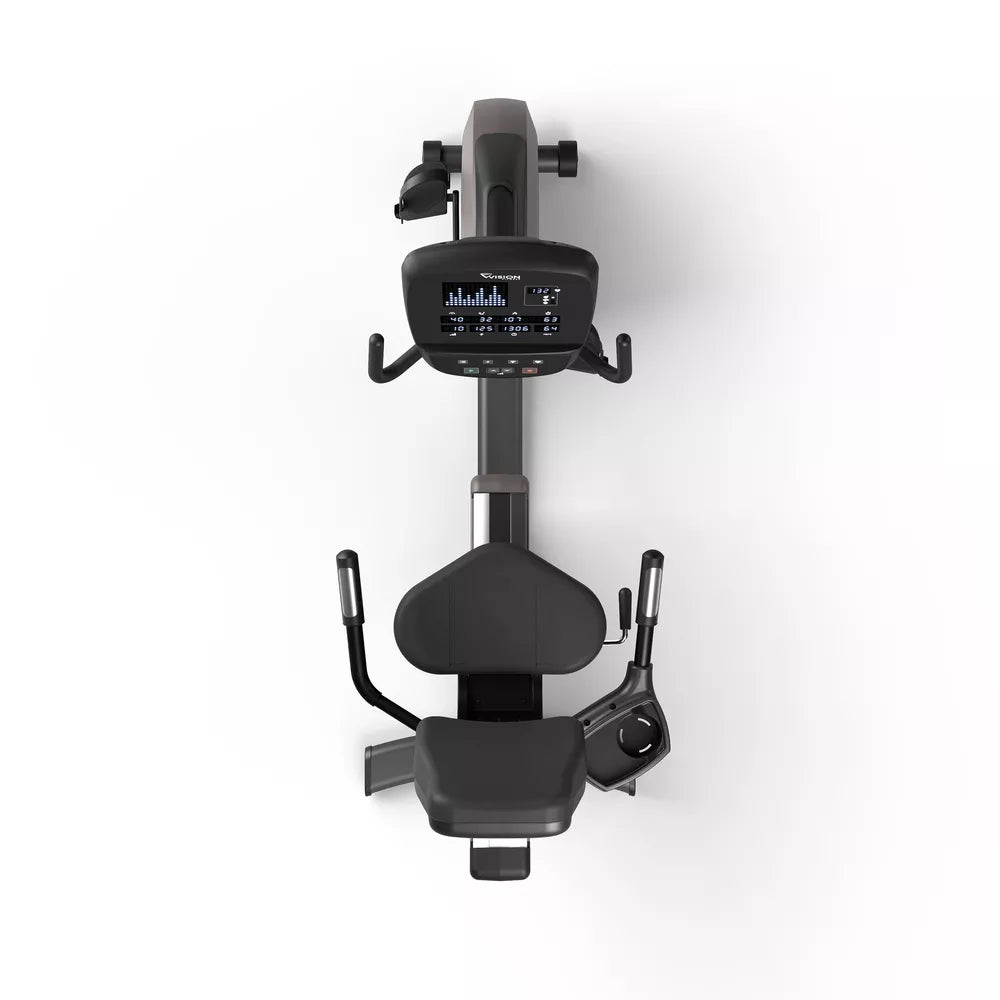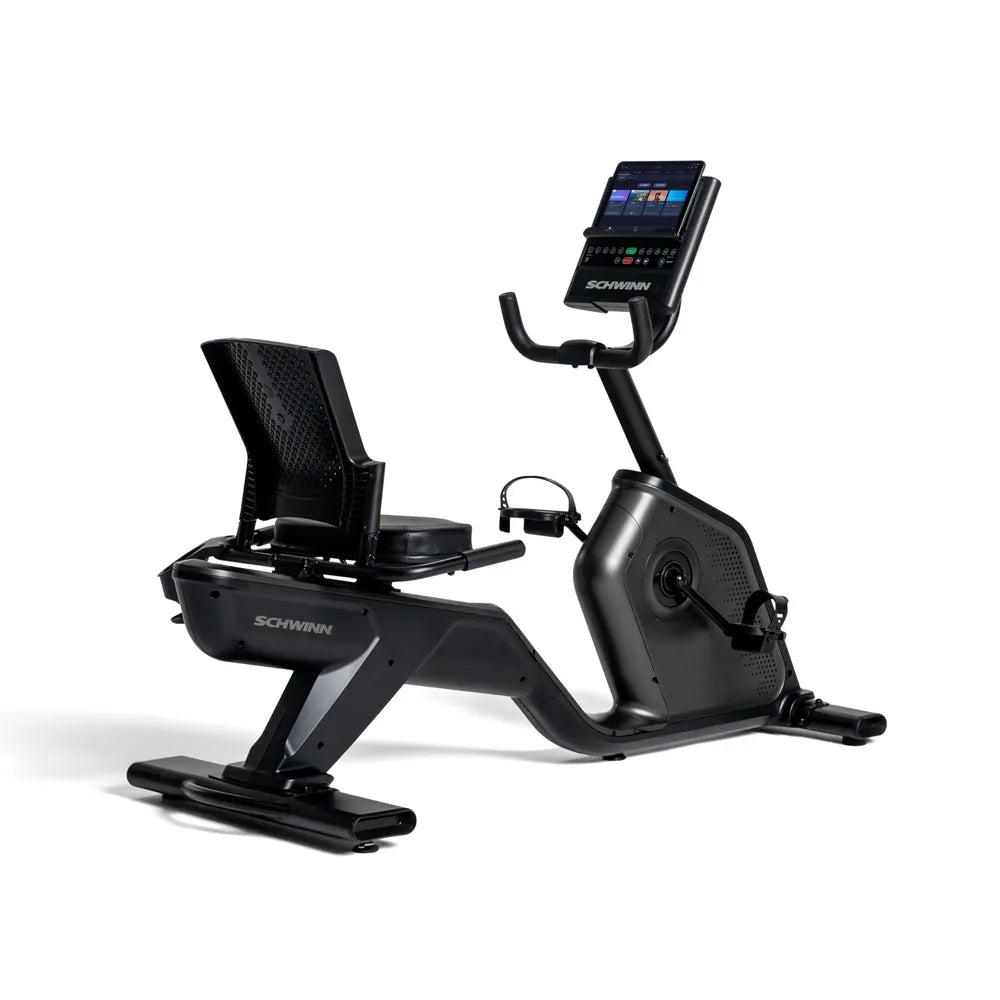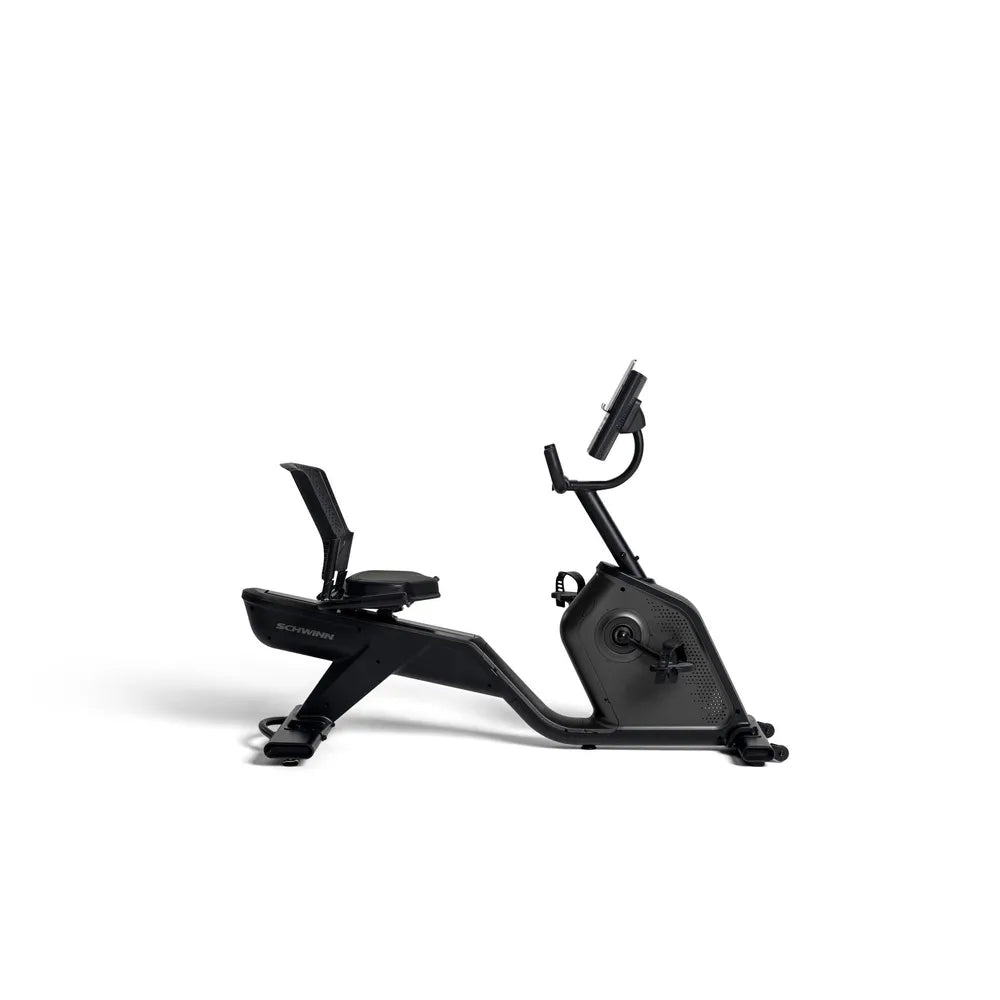Filters
-
Half-reclining ergometer Horizon Fitness 5.0RI - Recumbent Bike
Regular price €1.007,56 -
Vision Fitness R600E recumbent bike
Regular price €4.116,81 -
Vision Fitness R60 recumbent bike
Regular price €2.352,10 -
Schwinn Fitness 590R Recumbent Bike
Regular price €1.091,60
Ordering, delivery & care.
Can I get advice before purchasing?
Yes! Our team will be happy to assist you with your product selection – by phone, email, or in person at our showroom. Together, we'll find the right equipment for your training.
How quickly will the delivery take place?
We deliver quickly and reliably. You can find the exact delivery times directly on the respective product page or during checkout. We're happy to help with any questions about availability.
Will my device be delivered pre-assembled?
Many fitness equipment items are delivered partially assembled. Easy-to-follow assembly instructions are included. Many pieces of equipment can be assembled independently; for more complex items, we recommend a second person. If you require assembly service, please contact us.
How do I properly care for my fitness equipment?
Wipe down moving parts regularly, check screw connections for tightness, and ensure storage in a dry environment. For some devices, occasional lubrication is recommended—you can find information on this in the respective manual.
Not sure which product is right for your training goals? No problem! Our experienced team will take the time to talk to you – by phone (08142/448666), email, or visit our showroom. Together, we'll find the optimal solution for your needs.

Recumbent Bike: The cardio machine for joint-friendly training
A recumbent bike, also known as a recumbent ergometer , is a state-of-the-art fitness device characterized by a semi-reclining seating position. Unlike conventional ergometers or exercise bikes, this design allows for a particularly back-friendly posture , making training not only more comfortable but also more efficient. The ergonomic seating position with a stable backrest relieves pressure on the spine and joints while ensuring optimal muscle loading. This makes the recumbent bike an ideal choice for people of all ages—from fitness beginners and competitive athletes to seniors and rehabilitation patients.
The advantages of a recumbent bike – why it’s worth buying
Back-friendly training for maximum comfort
The ergonomic seating position is one of the main reasons why many people choose a recumbent bike. Unlike traditional exercise bikes or ergometers, the user sits not on a narrow saddle, but on a wide, padded seat with a stable backrest. This relieves pressure on the lumbar spine and ensures a relaxed training position, which can prevent or reduce back pain. The recumbent bike is a joint-friendly alternative, especially for people with chronic back pain or disc problems.
Joint-friendly movements for pain-free training
Another major advantage of the recumbent bike is its smooth and consistent movement. While running or riding a traditional ergometer puts a lot of strain on the knees and ankles, the recumbent bike allows for a fluid, shock-free pedaling motion . This makes it particularly suitable for people with knee problems or arthritis. Thanks to individually adjustable resistance levels, the workout can be tailored precisely to your physical needs, ensuring optimal training for both beginners and professionals.
Perfect for rehabilitation and seniors – safety first
Due to its stable seating position and low entry height, the recumbent bike is a popular training device in physical therapy and rehabilitation. People who want to slowly return to exercise after an injury or surgery benefit from the controlled movement and reduced stress on the musculoskeletal system. Seniors who value safe and effective cardio training find the recumbent bike an excellent way to maintain their fitness and mobility.
Effective cardiovascular training to improve endurance
Although training on a recumbent bike is particularly comfortable, it still offers effective endurance training. Regular use can improve cardiovascular fitness , which has a positive effect on overall health. It strengthens the cardiovascular system, promotes blood circulation, and reduces the risk of heart disease, high blood pressure, or diabetes. Targeted interval training or long, steady-state sessions can optimally train the heart and sustainably increase endurance.
Calorie burning and weight management with a recumbent bike
Many people use the recumbent bike specifically for weight loss. Depending on the intensity and duration of the workout, between 300 and 700 calories can be burned per hour. Thanks to the comfortable seating position, longer workouts can be completed, which further boosts fat burning. Those who want to lose weight can achieve visible results through a combination of regular cardio training and a balanced diet.
Which muscle groups are used with a recumbent bike?
Training with a recumbent bike primarily focuses on the leg and glute muscles , but also offers some benefit for core stability. The main muscle groups activated include:
I. Quadriceps (front of thigh) – This muscle group is significantly involved in the pedaling movement and provides the necessary power when pedaling.
II. Hamstrings (back of thighs) – Support the flexion of the knee and contribute to smooth movement.
III. Gluteus maximus (gluteal muscle) – Activated primarily during higher resistance or more intense workouts.
IV. Calf muscles – Work with each pedal stroke and contribute to the stability of the movement.
V. Core muscles – Used in the stabilizing position while sitting, especially during longer training sessions.
Recumbent bike vs. ergometer – what are the differences?
The question often arises as to whether a traditional ergometer or a recumbent bike is the better choice. Both machines offer effective cardio training, but differ in several important aspects:
| feature | Recumbent Bike | Classic ergometer |
| Sitting position | Semi-reclining with backrest | Upright without backrest |
| Joint stress | Very low | Medium |
| comfort | Very high | Moderate |
| Entry height | Low, easy entry | Higher saddle, more difficult entry |
| Target group | All age groups, ideal for rehabilitation and seniors | Sports-oriented users |
What should you look for when buying a recumbent bike?
When purchasing a recumbent bike, various factors play a role that influence the quality of training and comfort:
1. Resistance system – Magnetic or electromagnetic resistance systems enable quiet and consistent training .
2. Seat comfort – An ergonomic backrest and an adjustable seating position are crucial for a comfortable workout.
3. Training programs – Different programs provide variety and targeted training stimuli.
4. Connectivity – Models with Bluetooth or app connectivity offer interactive training experiences.
Buy a top-quality recumbent bike from motion sports! If you have any questions, please feel free to contact our customer service team . Our recommendation is the Vision Fitness R60 recumbent bike – smooth running characteristics, a low step-through, a sleek and modern display combined with a timeless, elegant design.

